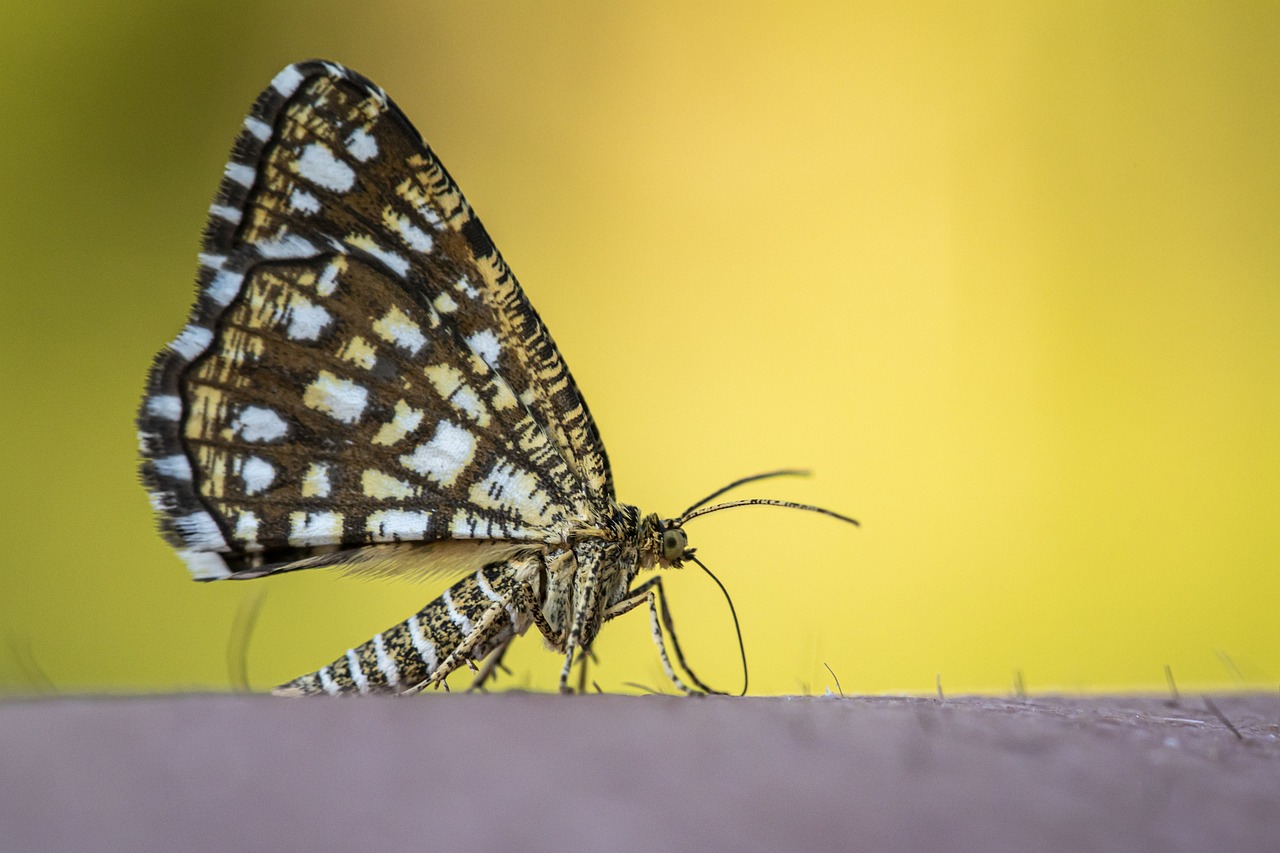The Latticed Heath (Chiasmia clathrata) is a moth belonging to the family Geometridae. Here are some key details about this species:
Appearance
- Wingspan: The Latticed Heath has a wingspan of approximately 25 to 30 millimeters.
- Coloration: The moth is easily recognizable by its delicate, lattice-like pattern on the wings, which gives it its name. The wings are cream or pale brown, with dark brown crosslines forming a distinctive grid or lattice pattern. The hindwings are similarly marked but are usually lighter in color.
Habitat
- Distribution: This species is widely distributed across Europe, extending into parts of Asia. It is commonly found in meadows, grasslands, heathlands, and other open areas with plenty of herbaceous plants.
- Larval Food Plants: The caterpillars feed on a variety of plants, primarily from the legume family (Fabaceae), such as clovers (Trifolium spp.) and trefoils (Lotus spp.).
Behavior
- Flight Period: The Latticed Heath is typically on the wing from May to September, with some variation depending on the geographic location. In warmer regions, there may be two generations per year.
- Daytime Activity: Unlike many moths, the Latticed Heath is often active during the day, especially in bright sunlight, making it easier to spot than some of its nocturnal relatives.
Conservation Status
- Common and Widespread: The Latticed Heath is not currently considered threatened, as it is common and widespread throughout its range. However, like many species, it can be affected by habitat loss and changes in land management practices.
The Latticed Heath is a beautiful and distinctive moth that contributes to the biodiversity of meadows and grasslands across its range. Its presence is often an indicator of a healthy, diverse ecosystem.
Visited 860 times, 5 visit(s) today
Views: 1327
Subscribe to the newsletter:
